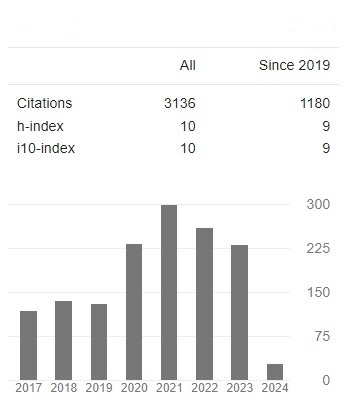Creating a Inexpensive, Effective Super Saturated Polymer Out of Citrus Polysaccharides
Abstract
Gray Rappoport
The loss of water when farming constructs a significant environmental issue, as droughts evaporate 3o% to 75% of agriculturally used water. Retaining the water in the soil is an essential environmental act, as minimized water loss would occur, therefore acting against water depletion. The objective of this project was to create a cheap and yet effective super absorbent polymer from cross linked citrus polysaccharides, using both oranges and avocados.
I constructed a chemical system that allowed me to crosslink 17 oranges and 14 avocados through blending and a heating process of sitting in an oven for 180 degrees celsius for 20 minutes. Once the three built super absorbent polymers, and orange juice solution, an orange juice, orange peel, and avocado mixture, and a orange peel and avocado mixture were completed they were put into the soil boxes of 12 Ocimum Sanctum plants along with prebuilt super absorbent polymers acrylic, pectin, and starch. For 22 days a soil moisture meter was used to take samples of moisture from each of the soil boxes and a ruler was used to measure the plant’s height. Once found, the moisture levels, height, and number of leaves of each plant were placed into a data table on a macbook air, completing the experimental procedure.
The combined mixture of orange peels, orange juice, and avocado peels stayed above a moisture level of 8 for 17 days and gained 2.03 cm of height proving that it was the most effective super absorbent polymer. This critical result was then achieved as only four leaves were lost for 16 days of testing.
Creating a cheap yet effective superabsorbent polymer from crosslink citrus polysaccharides proved to be an effective objective and may change the future of farming.




